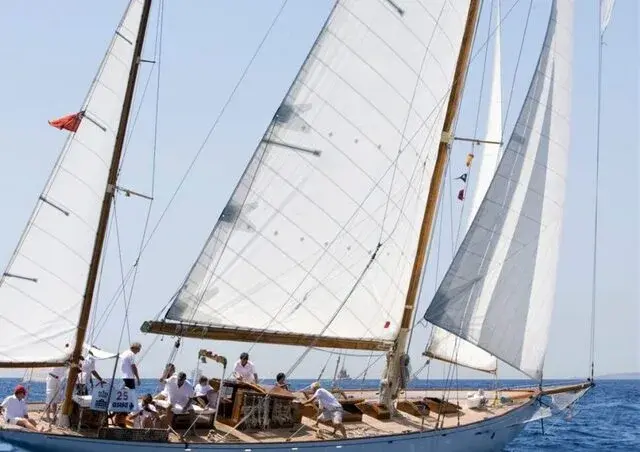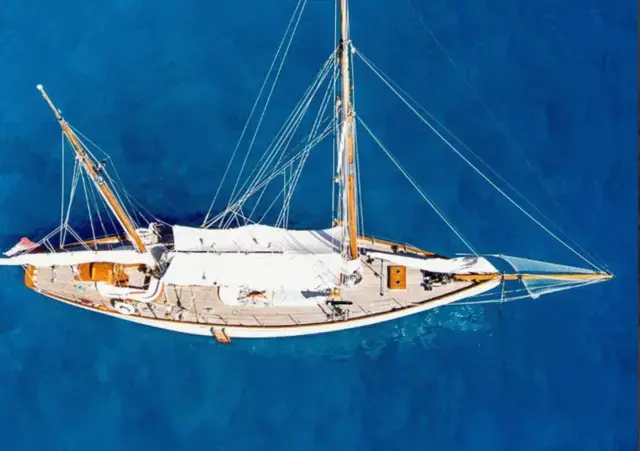Fred Shepherd boats for sale
2 New and Used Fred Shepherd

CONDITION:
Used
LENGTH:
73.0 ft.
|
YEAR:
LOCATION:
Spain
OFFERED BY:
Flensburger Yacht Service GmbH & Co. KG Baleares

Classic Fred Shepherd Gaff Ketch OWL 1909
$375,077 *
CONDITION:
Used
LENGTH:
0.0 ft.
|
YEAR:
1909
LOCATION:
Spain
OFFERED BY:
Flensburger Yacht Service GmbH & Co. KG Baleares
* Price displayed is based on today's currency conversion rate of the listed sales price.